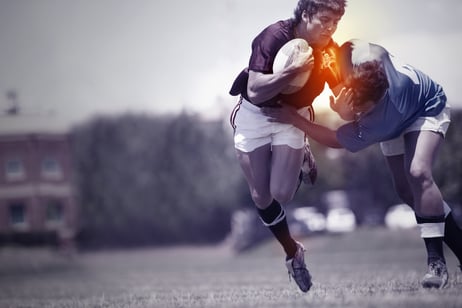 Sports careers, whether you are junior varsity or a hall of fame professional, all come to an end at some point. Often, these endeavors are marred with setbacks due to injuries ranging far and wide and sometimes spanning years. During competition and in the spirit of the moment, athletes sometimes push their bodies and minds beyond what was thought possible, resulting in amazing feats—but also potential injuries.
Sports careers, whether you are junior varsity or a hall of fame professional, all come to an end at some point. Often, these endeavors are marred with setbacks due to injuries ranging far and wide and sometimes spanning years. During competition and in the spirit of the moment, athletes sometimes push their bodies and minds beyond what was thought possible, resulting in amazing feats—but also potential injuries.
Don’t Play Through Your Injuries
Injuries that occur when we push our bodies to the limit can become more pronounced when an athlete decides to continue activities instead of receiving timely treatment. Once commonplace, playing through injuries was more accepted in the past. However, with modern sports medicine and advanced technology, sports enthusiasts can enjoy longer, more productive careers than ever before due to increased injury awareness and preventative maintenance.
The adage “listen to your body” still rings true. Although you might not know what you are listening for, you can assess your situation and make smart decisions to help prevent more serious injury.
How Do You Know When You’ve Overdone It?
Symptoms of sports injuries and illness can vary, and anytime you have a serious concern about your health, refer to your primary care physician. Because every person experiences pain differently, resulting in a wide threshold, you may need to seek advice and consult a professional to help assess your situation. Here are some of the most common symptoms of injuries, according to Harvard Health.
- Chest pain: Although this goes without saying, your heart is the most vital muscle in the body. Although coronary artery disease is not curable, treatments make it possible to decrease the chances for heart attacks (which may occur when a deconditioned individual is subjected to extreme strenuous exertion).
- Difficulty breathing: Similar to chest pain, difficulty breathing can be a sign of more serious underlying issues with not only the lungs but also the heart and blood pressure. With high blood pressure, exercises such as sprinting and powerlifting typically put a lot of strain on the heart.
- Joint swelling and pain: The swelling of a joint can range from tendon, ligament, or muscle injury to arthritis in the joint. It is good to know whether you are experiencing injury or arthritis because this will determine your level of treatment.
How to Recover and Get Back in the Game
These symptoms are common and can happen to almost anyone who exercises. Many other factors such as genetics, age, and medical history all play a role—not only in your injury, but also your healing process. “Getting back on the horse” is something we eventually want to do (once we are healed).
Here are a few tips that can get you back on the road to recovery without jeopardizing your health.
- Before beginning a new workout program, meet with a fitness professional who can assess your physical fitness levels. Many tests are available, the Functional Movement Screen (or FMS) is designed to not only pinpoint potential red flags, but also to prescribe routines intended to better your movement patterns and decrease your chances for injury.
- Beginning a proactive fitness program that targets your weaknesses and strengths can also help decrease your chances for injury. A program that identifies your strengths and uses them is good, but you also need to make sure your weaknesses are addressed. As these weaknesses become stronger, as a whole, you will become stronger.
- Moving your workout to a more low-impact setting might also help. The pool adds a great opportunity to create exercise but not put stress on the joints. We know that swimming takes some skill, but just treading water can be a great way to burn calories. Depending on availability, zero-gravity treadmills and water treadmills are often used in the professional athlete world to get athletes moving (technology never ceases to amaze me).
Not sure about swimming? Check out these blogs by NIFS staff regarding the impact of swimming and some great ideas to help you get started.
- Kris Simpson: Not a Workout Junkie: How About Swimming and Aqua Bootcamp
- Thomas Livengood: Sink or Swim: Get More from Your Swimming Access
- Amanda Bireline: Water Fitness: How to Get Better at Swimming
Muscleheads rejoice and evolve!
This blog was written by Thomas Livengood, NIFS Health Fitness Instructor and Personal Trainer. To learn more about the NIFS bloggers, click here.


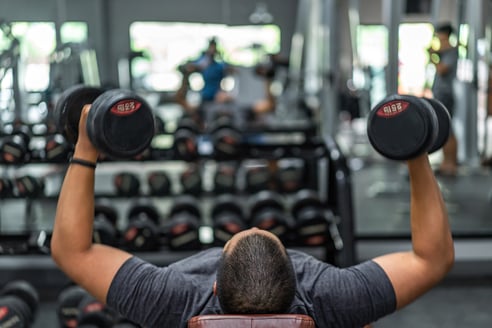 Let’s face it: building your own workouts isn’t always the easiest thing to do. Sure, you probably strike gold a few times a year and the exercises you choose seem to be flawless, from the balance of muscle groups worked to the flow of the routine that you get into. There is nothing better than having that program that just seems to get the job done.
Let’s face it: building your own workouts isn’t always the easiest thing to do. Sure, you probably strike gold a few times a year and the exercises you choose seem to be flawless, from the balance of muscle groups worked to the flow of the routine that you get into. There is nothing better than having that program that just seems to get the job done. 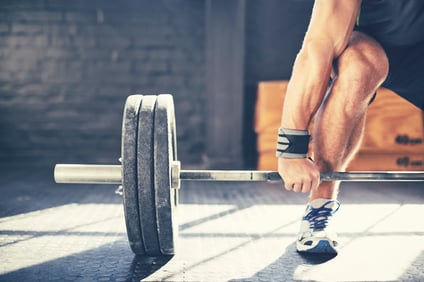 With the sport of powerlifting taking off in the last couple of years, more and more people are taking up the sport as a hobby and to improve their overall fitness levels. Training to improve strength in the squat, bench, and deadlift is a great way to improve total body strength and improve body composition.
With the sport of powerlifting taking off in the last couple of years, more and more people are taking up the sport as a hobby and to improve their overall fitness levels. Training to improve strength in the squat, bench, and deadlift is a great way to improve total body strength and improve body composition. 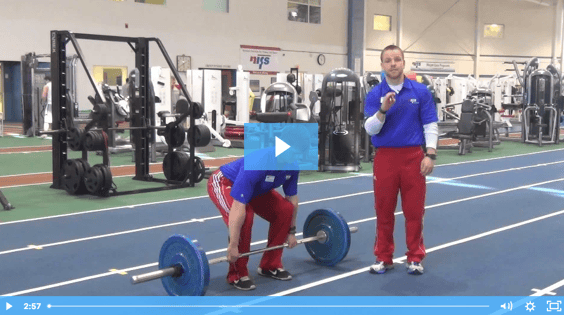
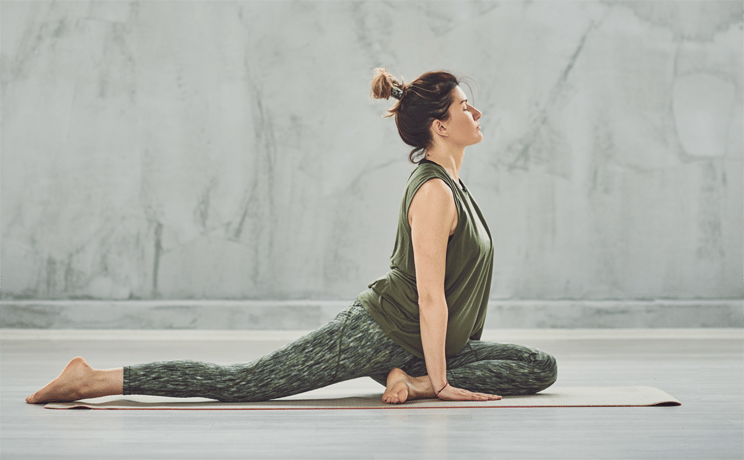 Whether you’re a competitive athlete, a weekend warrior, or the casual gym-goer, addressing mobility concerns can go a long way toward performance enhancement and injury prevention. If a joint is unable to move through a complete range of motion unloaded, then it’s going to be “bad news bears” when it comes to putting that same joint under any external load. Eventually, limited mobility could lead to muscular imbalances and compensation patterns, which could ultimately lead to the onset of injury. In other words, you can’t look to build strength on top of dysfunction.
Whether you’re a competitive athlete, a weekend warrior, or the casual gym-goer, addressing mobility concerns can go a long way toward performance enhancement and injury prevention. If a joint is unable to move through a complete range of motion unloaded, then it’s going to be “bad news bears” when it comes to putting that same joint under any external load. Eventually, limited mobility could lead to muscular imbalances and compensation patterns, which could ultimately lead to the onset of injury. In other words, you can’t look to build strength on top of dysfunction. 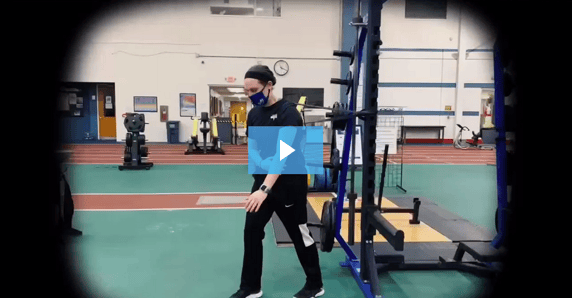
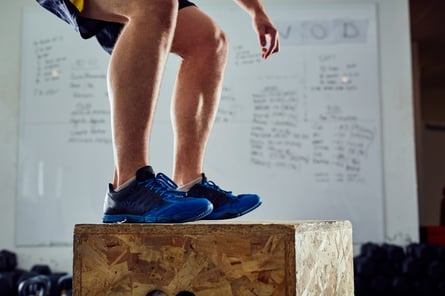 As an athlete there is no substitute for the ability to produce power and be explosive during your sport. From competitive weightlifters and NFL-caliber football players to distance runners, producing (and absorbing) high impacts is crucial for succeeding in your sport as well as staying healthy throughout your competition season. Are you incorporating any of these exercises into your current program?
As an athlete there is no substitute for the ability to produce power and be explosive during your sport. From competitive weightlifters and NFL-caliber football players to distance runners, producing (and absorbing) high impacts is crucial for succeeding in your sport as well as staying healthy throughout your competition season. Are you incorporating any of these exercises into your current program? Recently I heard someone say something along the lines of, “That sixth-grade basketball player is ranked #1 in the country.” That got me thinking: How in the world are we ranking sixth-graders? They haven’t even gone through puberty yet!
Recently I heard someone say something along the lines of, “That sixth-grade basketball player is ranked #1 in the country.” That got me thinking: How in the world are we ranking sixth-graders? They haven’t even gone through puberty yet! 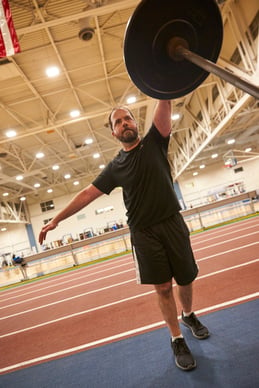 In my experience over the years working with folks from all walks of life to help improve their strength, mobility, performance, and overall fitness I have found that so many suffer from immobility in two major joints: the ankle and the shoulder, which is the focus of this piece. Lifestyle, occupation, inactivity, and overtraining are all culprits robbing so many of healthy range of motion in the shoulder and shoulder girdle.
In my experience over the years working with folks from all walks of life to help improve their strength, mobility, performance, and overall fitness I have found that so many suffer from immobility in two major joints: the ankle and the shoulder, which is the focus of this piece. Lifestyle, occupation, inactivity, and overtraining are all culprits robbing so many of healthy range of motion in the shoulder and shoulder girdle. 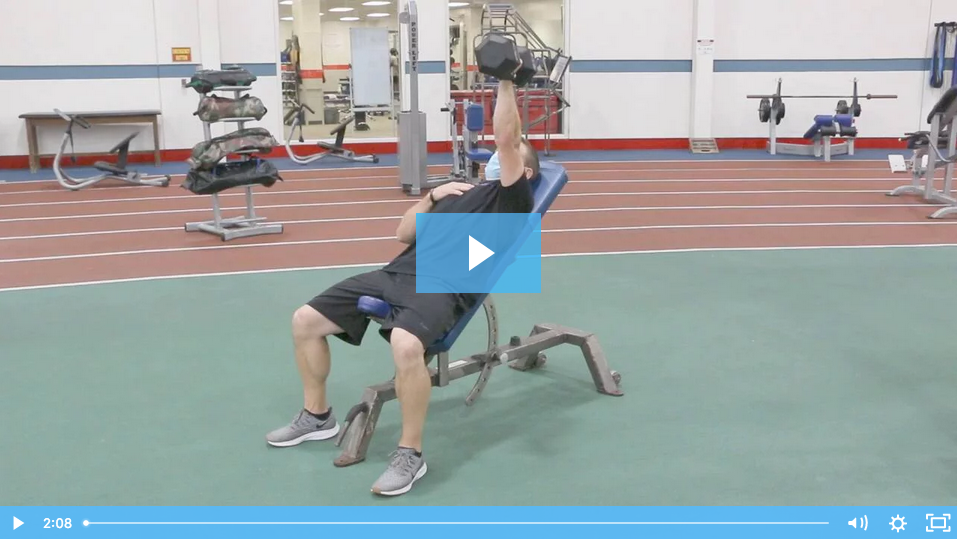
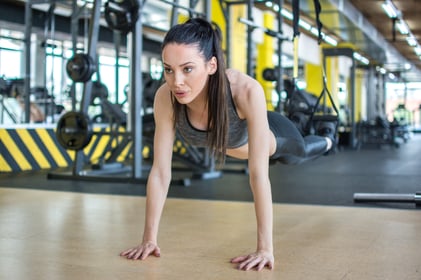 The uncertainty of the last few months has taken a toll both mentally and physically on everyone. Many people did not have access to gyms and instead did at-home bodyweight workouts or
The uncertainty of the last few months has taken a toll both mentally and physically on everyone. Many people did not have access to gyms and instead did at-home bodyweight workouts or 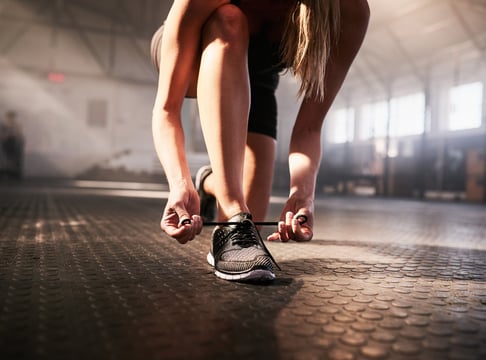 Do you remember the last time you went on an extended vacation, came back home, jumped into the gym and your favorite class and thought you could pick right back up where you left off? You might remember feeling like you were not going to make it through the class and were so sore for days on end. And that was just after a vacation consisting of a long rest, relaxation, and food freedom. Just think what you may encounter once you return to your favorite class or training group after two to three months of quarantine.
Do you remember the last time you went on an extended vacation, came back home, jumped into the gym and your favorite class and thought you could pick right back up where you left off? You might remember feeling like you were not going to make it through the class and were so sore for days on end. And that was just after a vacation consisting of a long rest, relaxation, and food freedom. Just think what you may encounter once you return to your favorite class or training group after two to three months of quarantine. 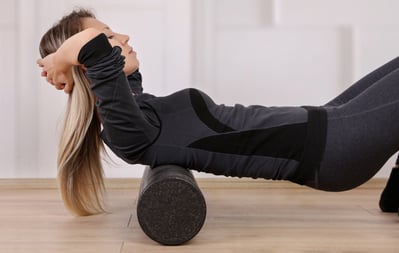 A common nuisance to almost all fitness enthusiasts is the overall lethargic feeling you get from being extremely sore due to a challenging workout. Sometimes this is a deterrent to those looking to develop a consistent workout pattern, and can be especially bothersome if you haven't experienced this phenomenon before.
A common nuisance to almost all fitness enthusiasts is the overall lethargic feeling you get from being extremely sore due to a challenging workout. Sometimes this is a deterrent to those looking to develop a consistent workout pattern, and can be especially bothersome if you haven't experienced this phenomenon before.